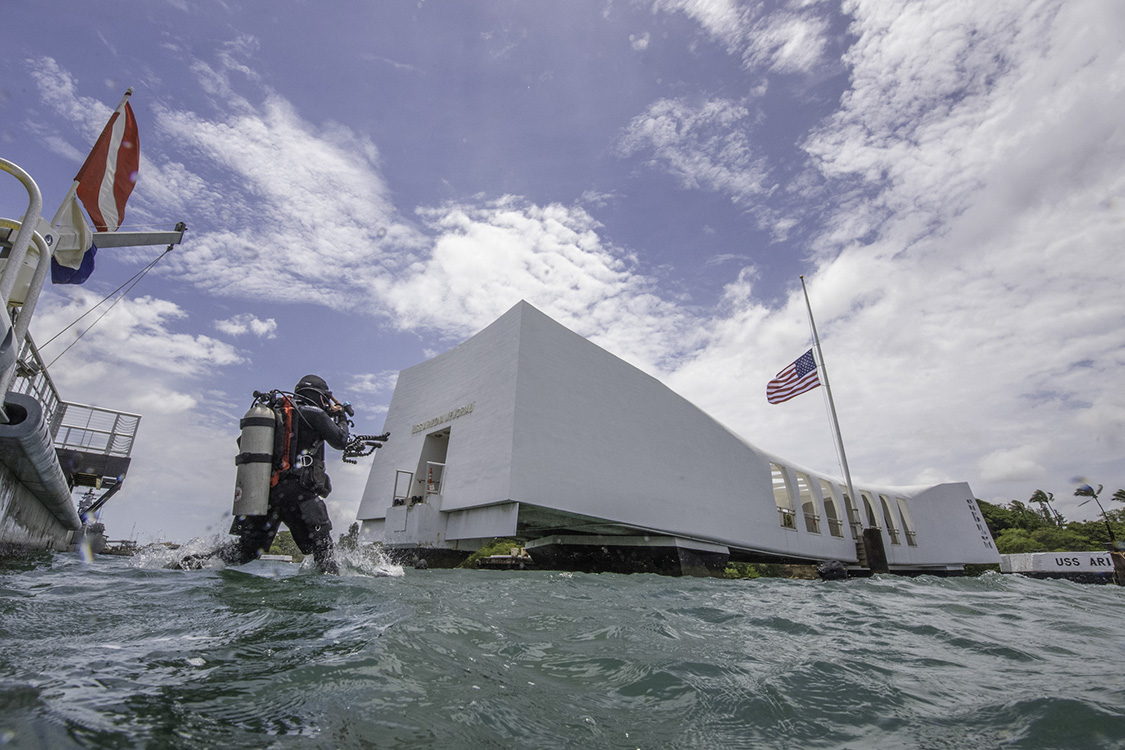A little more than 2,000 nautical miles southwest of the mainland United States lies a land of enchantment, a land of escape, a fantastical destination in the collective mind’s eye filled with pristine beaches, towering volcanic peaks, and crystal clear waterfalls tumbling down into icy cold secret lagoons.
While that description of Hawaii might sound exaggerated, it doesn’t do justice to the beauty, mystery, and still untouched natural grandeur of the eight main islands — and more than 137 total small islands — that make up the only archipelagic state and the latest admitted to the Union in 1959.
Hawaii is the only state in the tropics, and because it is disconnected from the mainland, it can seem like another world to most Americans. Hula dancers, leis, fruity drinks with umbrellas, and surfers on the North Shore are all imprinted on the American psyche when thinking of the Aloha State, but like most things in life, that’s only part of the story.
Hawaii is as rich and singular a history as any state on the mainland. Because of its history and geographical location, it also boasts a unique melting pot, blending Western North American cultures with those of East Asia.
The Kingdom of Hawaii dates back some 1,000–1,200 years when it was discovered and settled by Polynesian peoples and ruled over by numerous chiefdoms before explorer James Cook arrived in the late 18th century.
In 1810, Hawaii became one unified kingdom and remained so until American and European businessmen overthrew the monarchy in 1893. A few years later, the U.S. annexed the island nation before formally becoming a state six decades later.
As a former kingdom ruled independently for centuries and a strategically positioned outpost for the U.S. military, it would come as no surprise that the history of Hawaii is long and storied, if at times difficult. The island state can, at times, feel as if it’s caught between two worlds: the grinding, unrelenting momentum of 21st-century societal life and the laidback, long-lost paradise moving at its own decidedly slower pace.
This dichotomy as an island nation that became a Westernized state of a larger country has led to uneasy alliances between its past, present, and future.
The best way to understand these challenges and opportunities may be to look at Hawaii’s enshrined history and let the island itself tell the story. Thankfully, two stories that detail this ancient history and recent past can be found in part at its two National Monuments:
Papahanaumokuakea Marine National Monument: This site preserves Hawaii’s most important export to the rest of the world: its stunning and diverse ecosystems. As if that weren’t enough, this National Monument also holds the Battle of Midway Memorial for the military history enthusiasts who visit. The first and only mixed World Heritage Site in the U.S., Papahanaumokuakea Marine National Monument safeguards more than 7,000 species, many of them endangered, within its boundaries. It includes the Midway Atoll and the Northern Hawaiian Islands Coral Reef Ecosystem Reserve. Located just northeast of the capital island of Honolulu, this destination offers visitors a plethora of recreational and educational offerings, from military history to an in-depth look at the cultural history of the Hawaiian islands. They will also find a wealth of local wild and marine life resources. Papahanaumokuakea is a true Hawaiian original and a must-visit for mature and history lovers alike.
Photo Courtesy Papahānaumokuākea Marine National Monument
Pearl Harbor National Memorial: This site is perhaps the most famous Hawaiian landmark worldwide due to its significance on the world stage in the lead-up to the U.S. entering the Second World War. On Dec. 7, 1941, bomber pilots from Japan attacked this relatively remote American outpost, the home of the U.S. Pacific fleet. The action resulted in the U.S. declaring war on the Japanese Empire. Germany would soon declare war on the U.S., and World War II would begin in earnest as a truly global conflict. The event that spurred a nation to action is widely considered one of the most pivotal moments of the 20th Century. Today, the Pearl Harbor National Monument stands as a tribute to the lives lost and the legacy left behind — the island that was attacked and the nation that sprung to action to defend herself against a formidable enemy. A little less than two decades after the U.S. and its allies defeated Germany and later Japan, the site was designated a national historical landmark. It stands today as a testament to the sacrifice and resilience of those brave men and women who paved the way for peace.
Photo Courtesy NPS





